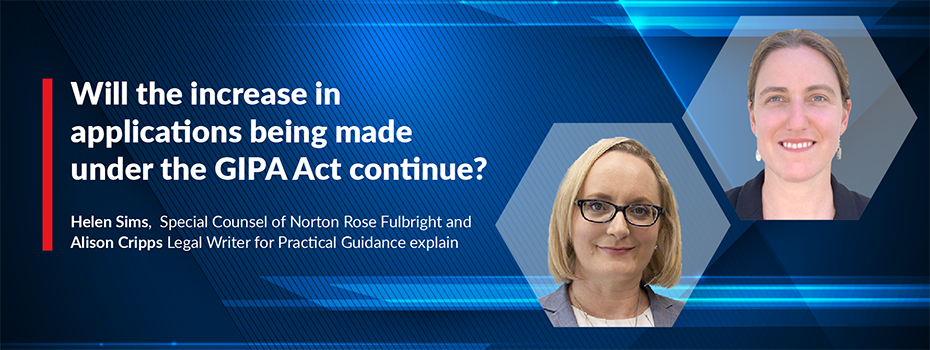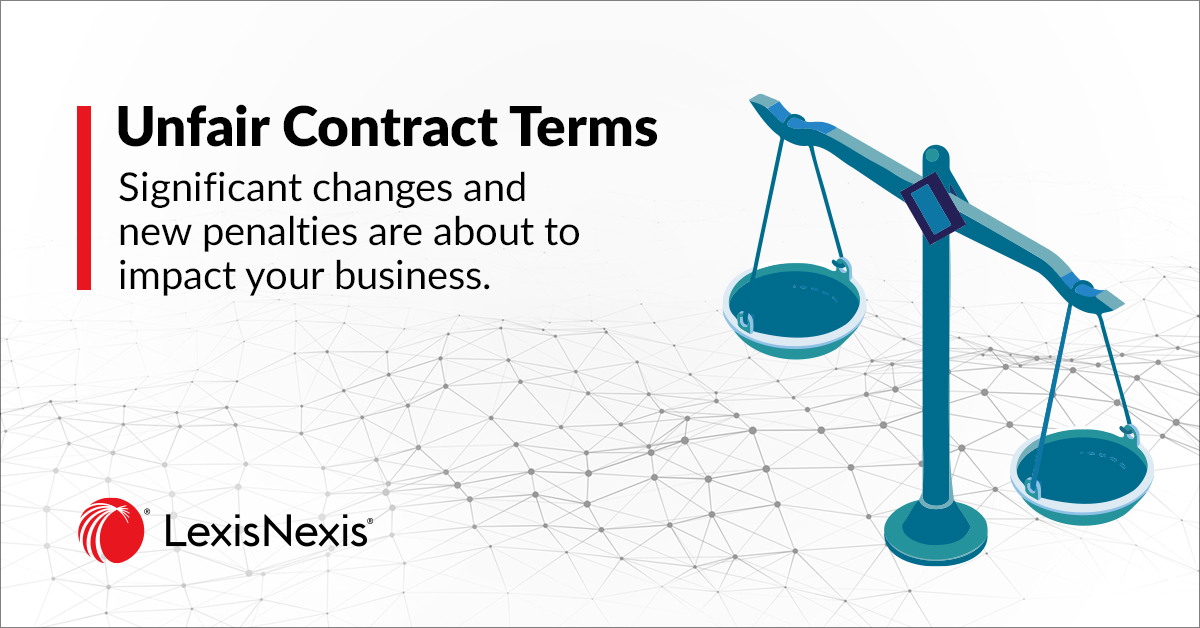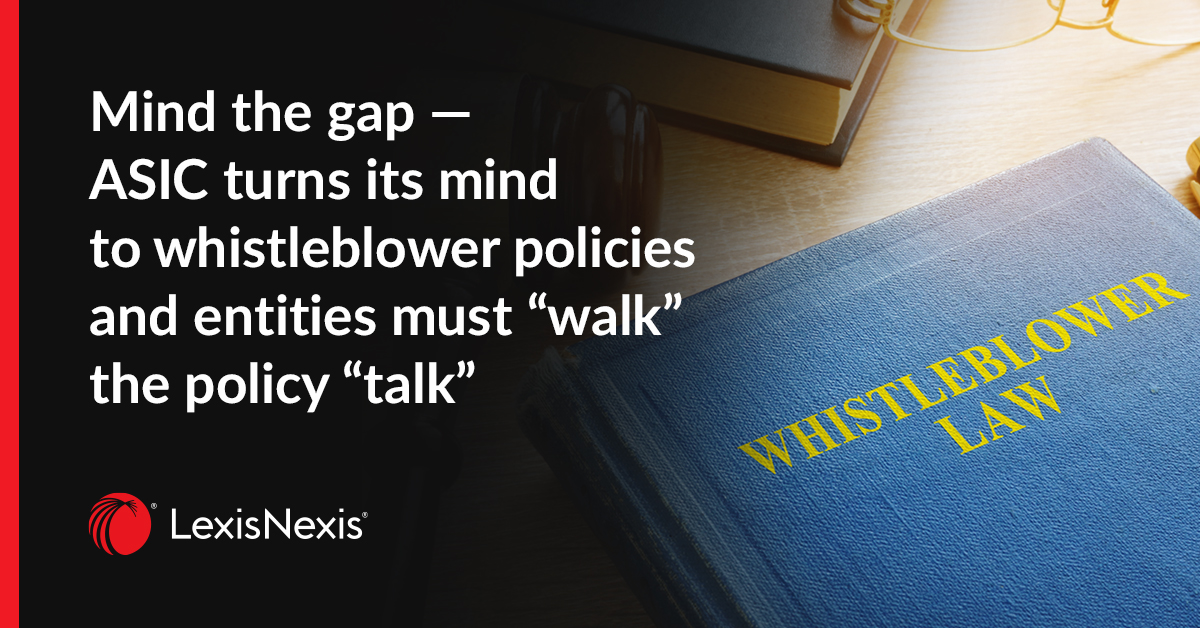
It’s election time! Will the increase in applications being made under the Government Information (Public Access) Act continue? GIPA and the objective of balance
06 May 2022 06:55
There will usually be an increase in applications for access to information under the Government Information (Public Access) Act 2009 (GIPA) in the lead up to any election or after a significant change in government policy. For example, the announcement of the NSW council amalgamation plans and their reversal led to a significant number of access applications, as did the light rail project and WesConnex. No doubt you have seen an increase in scrutiny of the government in the lead up to the Federal election. This increase in GIPA applications is likely to continue as new government is formed, new alliances are made, and new policies are enacted.
GIPA is the primary mechanism for obtaining government information in NSW. GIPA has a very broad application to almost all government information and parts of the public sector. Its objectives are lofty – information is to be made accessible to the public except in limited circumstances, in order to “maintain and advance” responsible and representative democratic government. The Act accordingly has a significant impact across the public sector. You’ll often see media articles sensationally alleging that the government has “hidden” information, but the reality is usually far more nuanced that that.
The GIPA provides for a cheap and simple way for individuals to obtain access to information held by the government and also provides low-cost mechanisms to enforce access rights. The Act has also created a large volume of decisions in the NCAT examining complex subjects such as the convention of collective Ministerial responsibility, legal privilege and obligations of confidence. Increasingly, the “business” of government being corporatised and out-sourced to private companies means the GIPA is extending to information held by the private sector and considerations relating to competitive neutrality and commercial-in-confidence information are coming into prominence.
The GIPA is often called a “second generation” information access law because, rather than proceeding by way of exceptions to a general right to access government information, the Act generally requires agencies to balance considerations for and against disclosure and then weigh the applicable considerations to determine whether there is an overriding public interest consideration against disclosure. The greater the degree of general public interest in the information, such as during an election, the greater the need for any public interest considerations against its disclosure to carry significant weight. This exercise is commonly misunderstood, in particular in relation to the level of evidence or proof needed of any anticipated effects of disclosure.
Although the Act and its obligations can be seen as burdensome by some agencies, a thorough understanding of the Act’s procedural provisions can assist in adopting the most efficient way to deal with any request for information.
The GIPA is also intended to progressively make more information “proactively” available by requiring agencies to publish information so that it is freely accessible to the public, most commonly on websites. If agencies adopt a progressive information publication plan, they can often reduce their GIPA burden by being able to direct the public to the information.
LexisNexis® Practical Guidance for Cybersecurity, Data Protection & Privacy offers a structure for approaching the identification and weighing of relevant public interests for and against disclosure of information under GIPA, as well as practical guidance on the procedural aspects of the GIPA and a decision-making checklist to guide agencies through the steps connected with assessing a formal access application.
For more information, contact us below.
Latest Articles
-
 3 tips for banking and finance lawyers when responding to an ASIC enquiry, and how to avoid misleading or deceptive conduct.
3 tips for banking and finance lawyers when responding to an ASIC enquiry, and how to avoid misleading or deceptive conduct. -
 Significant increases to competition and consumer law penalties have commenced and sweeping reforms to the unfair contract terms regime will follow in 12 months’ time.
Significant increases to competition and consumer law penalties have commenced and sweeping reforms to the unfair contract terms regime will follow in 12 months’ time. -
 The Australian Securities and Investments Commission (ASIC) is calling on Australian CEOs, from public companies, large proprietary companies and corporate superannuation trustees to review their whistleblower policies and processes to ensure compliance with private sector whistleblower laws.
The Australian Securities and Investments Commission (ASIC) is calling on Australian CEOs, from public companies, large proprietary companies and corporate superannuation trustees to review their whistleblower policies and processes to ensure compliance with private sector whistleblower laws.
Practical Guidance
Your one-stop solution for accurate legal answers from Australian legal experts. Tools, practically focused guidance notes, checklists, precedents, and training materials support and streamline your legal workflow.
LEARN MOREContact our Experts Now

 LexisNexis
LexisNexis